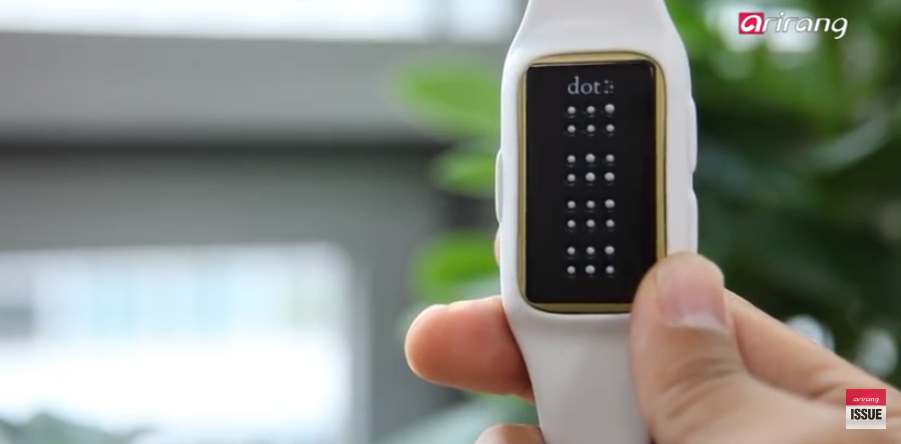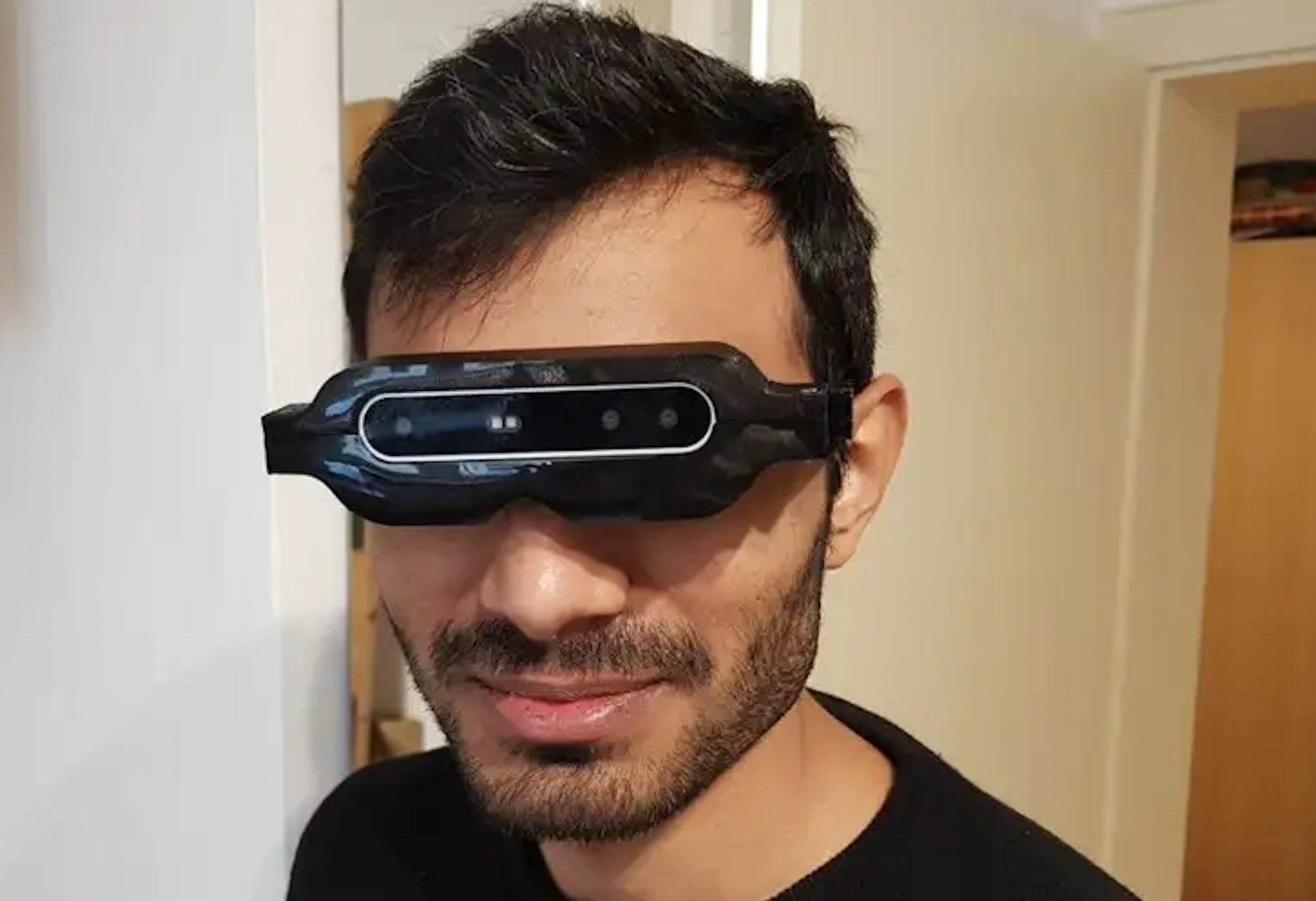Smart Glasses for the Visually Impaired: Innovations in Vision Support
Enhancing Lives With Advanced Assistive Tools for the Blind
The integration of innovative assistive gadgets for the blind is transforming how individuals experience their environments and engage with their communities. Technologies such as enhanced fact wise glasses and innovative electronic travel aids not only help with navigating however likewise improve overall lifestyle. These technologies cultivate a sense of autonomy and self-efficacy amongst customers, enabling them to take on daily jobs with newfound confidence. However, the ramifications of these improvements prolong past plain capability; they challenge societal assumptions of special needs and freedom. What does this evolution imply for the future of assistive technology and its function in empowering people?
Summary of Assistive Gadgets
Assistive devices for the blind encompass a varied series of modern technologies and devices designed to boost self-reliance and improve the top quality of life for people with visual problems. These gadgets deal with different requirements, from navigation and movement to interaction and day-to-day job monitoring.
One of the primary groups of assistive tools includes wheelchair aids, such as white walking canes and guide pet dogs, which aid individuals browse their environments securely. Electronic travel help, equipped with sensors and audio comments, also play a substantial duty in wheelchair improvement.
Furthermore, tools that assist with everyday living tasks, such as flexible kitchen area tools, Braille tags, and speaking watches, encourage individuals to perform jobs independently. Communication help, including screen readers and Braille displays, help with access to details and allow individuals to involve efficiently with the electronic world.
Additionally, low-tech solutions like multiplying glasses and large-print materials stay essential for numerous individuals. Jointly, these assistive devices offer not only as useful devices but additionally as important enablers of autonomy, fostering better engagement in a globe that frequently focuses on sighted experiences. Their assimilation right into day-to-day live is crucial for advertising inclusivity and boosting general health for those with aesthetic problems.
Ingenious Technologies in Usage
Development in innovation has actually significantly transformed the landscape of tools offered for individuals with visual problems. Among the most notable advancements are clever glasses incorporated with enhanced fact, which offer real-time navigating help and things recognition. These devices take advantage of advanced cams and fabricated intelligence to provide acoustic hints, enhancing the user's spatial understanding and autonomy.
Furthermore, mobile applications have emerged as powerful resources, enabling users to identify currency, reviewed message aloud, and browse unknown settings through spoken guidelines. Tools such as Braille display screens and refreshable Braille tools proceed to evolve, offering seamless connectivity with computer systems and smart devices, therefore boosting communication and accessibility to info.
Wearable innovation, consisting of smartwatches geared up with voice-activated functions, further equips users by facilitating fast accessibility to notices and notifies without calling for aesthetic engagement. Responsive maps and 3D printing are likewise acquiring grip, offering concrete depictions of spaces that help in orientation and wheelchair training.
Jointly, these cutting-edge technologies not just boost the day-to-days live of aesthetically impaired people however likewise foster better self-reliance, inclusivity, and involvement with the broader community, consequently improving perceptions of accessibility. (Screen readers for the blind)
Individual Stories of Empowerment
Empowerment typically emerges from individual experiences that highlight the transformative influence of innovation on people with aesthetic problems. Take, for circumstances, the story of Sarah, a young artist who restored her enthusiasm for painting via the use of a smart walking cane furnished with obstacle detection. This gadget not only promoted her mobility but instilled a newly found self-confidence, permitting her to browse public areas separately and seek her imaginative undertakings.

These narratives highlight the profound impacts that advanced assistive tools can carry day-to-day live. By allowing individuals to conquer barriers, technology promotes a feeling of autonomy and self-regard. Such empowerment tales act as a testament to the possibility of innovation, highlighting just how the right devices can significantly improve lifestyle and open doors to brand-new possibilities for those with aesthetic disabilities.
Benefits of Advanced Solutions
The assimilation of advanced innovation right into assistive tools dramatically transforms everyday experiences for those influenced by vision loss. Voice-activated assistive devices. Tools such as clever canes geared up with sensors, navigating apps, and wearable innovation are designed to offer real-time responses, enhancing spatial recognition and decreasing the dangers connected with movement.
In addition, advanced assistive innovations foster social addition by assisting in communication and communication. Voice-activated tools and apps allow people to gain access to info and engage with their surroundings independently, damaging barriers that formerly impeded their engagement in educational, expert, and social setups.
Furthermore, the customization and versatility of these services accommodate the varied demands of users, consequently enhancing their overall high quality of life. Improved performance, such as item acknowledgment and text-to-speech capabilities, encourages individuals with aesthetic disabilities to carry out tasks that they may have once located challenging. Ultimately, progressed assistive innovations not only enhance freedom and security yet likewise promote dignity and self-worth, allowing customers to lead meeting lives.
Future Trends in Assistive Tech
As innovation remains to evolve, the landscape of assistive tools for the blind is poised for amazing improvements that will even more boost access and independence. Arising trends in assistive innovation show a change towards boosted assimilation of expert system (AI) and artificial intelligence, making it possible for devices to adjust to private customer needs in real-time. These advancements are expected to help with more instinctive navigation systems that can identify challenges and provide audio feedback, substantially boosting outdoor flexibility.
Additionally, the growth of wearable technology, such as wise glasses outfitted with increased truth, will certainly permit individuals to receive popular eyeglass frames for women contextual details about their environments, thus enhancing their spatial recognition. Moreover, advancements in haptic technology guarantee to create responsive responses tools, allowing individuals to regard information through touch, improving learning and interaction with their setting.
Telecommunication advances are additionally leading the way for remote aid solutions, where qualified professionals can offer assistance through video telephone calls, making certain support is easily easily accessible. As these trends unravel, the future of assistive tools for the blind will unquestionably foster better freedom, equipping individuals to navigate their blog globe with self-confidence and simplicity.

Final Thought
The assimilation of advanced assistive tools for the blind represents a significant advancement in cultivating independence and enhancing lifestyle. By making use of innovative innovations, these gadgets equip users to navigate their atmospheres with higher confidence and autonomy. As the field proceeds to develop, ongoing r & d will likely generate much more advanced services, additionally transforming the lived experiences of people with visual disabilities and advertising a greater sense of inclusion within society.
The assimilation of advanced assistive gadgets for the blind is changing how people experience their environments and interact with their neighborhoods. The combination of innovative technology right into assistive gadgets considerably changes daily experiences for those influenced by vision loss.As modern technology continues to advance, the landscape of assistive gadgets for the blind is poised for remarkable improvements that will certainly additionally boost accessibility and independence. Emerging fads in assistive innovation indicate a shift toward enhanced integration of synthetic intelligence (AI) and machine knowing, enabling additional hints tools to adjust to individual user requires in real-time.The integration of advanced assistive tools for the blind represents a significant innovation in promoting freedom and improving top quality of life.